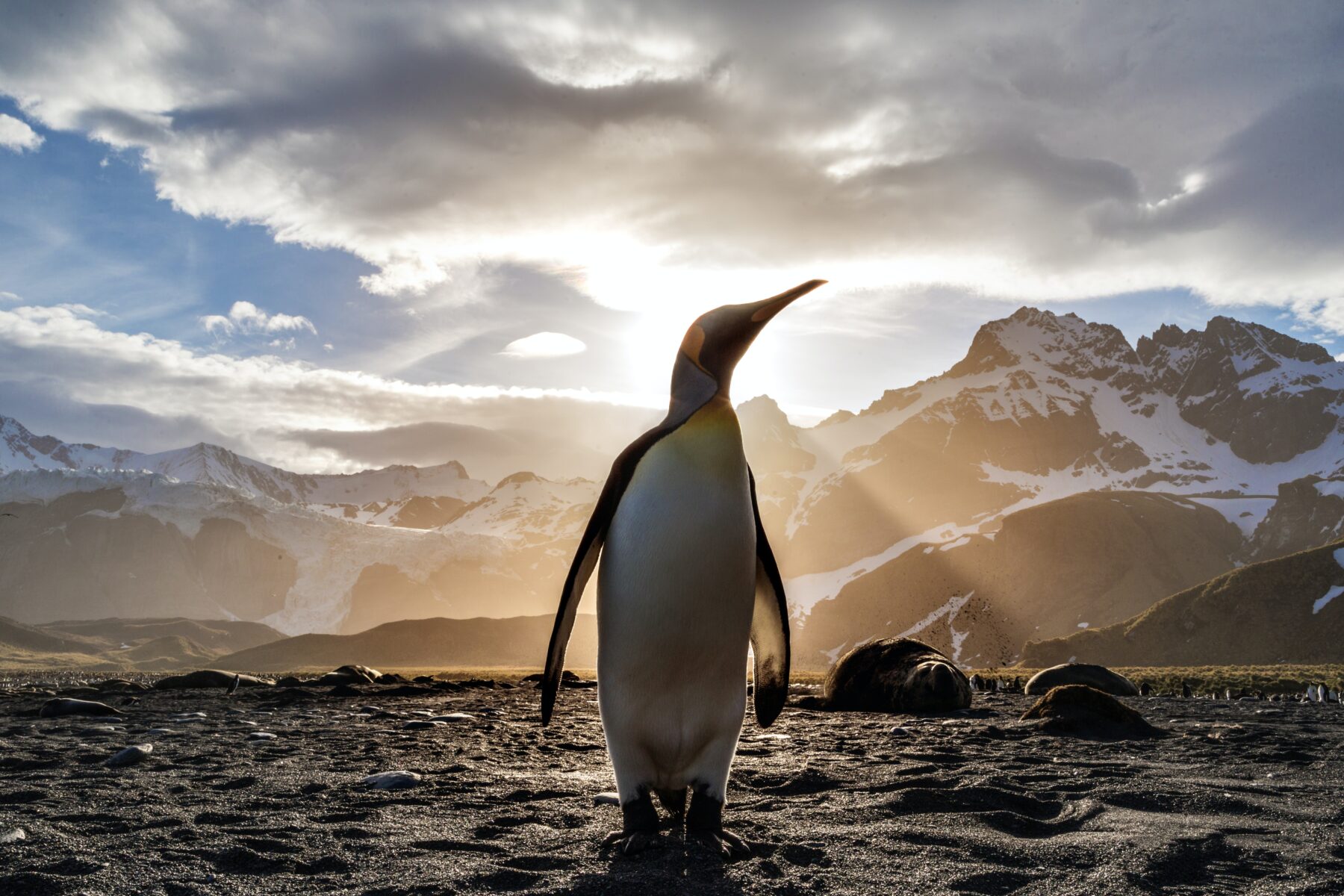The star of many movies including 2006 animated movie “Happy Feet” and 2005 film “March of the Penguins,” the emperor penguin is known as an enchanting, unique species.
These penguins lay only one egg each season in a monogamous pair, withstanding freezing temperatures to protect that egg. During the Antarctic winter, male emperor penguins incubate and protect their egg for two months while females hunt for fish and krill.
After braving a long (and cold) incubation period, these penguin parents aren’t done yet! Once the egg hatches, mom and dad take turns trekking dozens of miles over and over again to feed their hungry chick.
However, these flightless birds are facing an even bigger threat. Something they cannot endure on their own.
The U.S. Fish and Wildlife Service declared in October that emperor penguins are now considered a threatened species. Due to increases in global greenhouse gas emissions, the habitat penguins need to breed, catch food, and protect themselves from predators is decreasing.
As of Nov. 25, Emperor penguins will now receive federal protection under the Endangered Species Act. It indicates a larger trend of Antarctic animals losing their habitat, with species like the Southern right whale, blue whale, and macaroni penguin populations decreasing to the point of vulnerability.
“This listing reflects the growing extinction crisis,” director of the U.S. Fish and Wildlife Service, Martha Williams, said in a statement. “Climate change is having a profound impact on species around the world.”
Without dramatic cuts to global greenhouse gas emissions, scientists worry that nearly all emperor penguin colonies in Antarctica will be facing extinction by the end of this century.
Researchers predict that if climate change continues at its current rate, at least two-thirds of emperor penguin colonies will be near extinct by 2050, according to a report published in the journal Global Change Biology.
However, through the nearly half-century-old Endangered Species act, there may be hope to repopulate the emperor penguins. The act works to protect species from habitat loss and poachers, and prepares and implements plans for species recovery.
Stephanie Jenouvrier, a biologist at the Woods Hole Oceanographic Institution who studied the penguins in Antarctica, said the birds’ movements are both “awkward” and “graceful.” The current population of these resilient birds appears to be stable, with 625,000 to 650,000 birds living in Antarctica.
The federal protection could lead to some positive changes, such as stricter limits on krill fishing around Antarctica, a large part of the emperor penguin diet. The act also requires U.S. officials to consider the effects federal projects will have on the climate before approving them.
But this is not just a national endeavor, as the entire world can aid in protecting these penguins. Cutting global climate-warming pollutants would lead to a “much less severe” decline in the emperor penguin’s numbers, Jenouvrier said. An effort to reduce gas emissions could lead to a slowdown of sea ice breakup, allowing penguins to breed and chicks to fully develop before they begin to swim.
“If we manage to take action, and especially action now,” she added, “we can still avoid the extinction.”
With the call to action to protect these animals, future generations can hopefully enjoy these cute waddling birds and learn their message of surviving against all odds.





 Copyright
2024
Root and Vine
Copyright
2024
Root and Vine